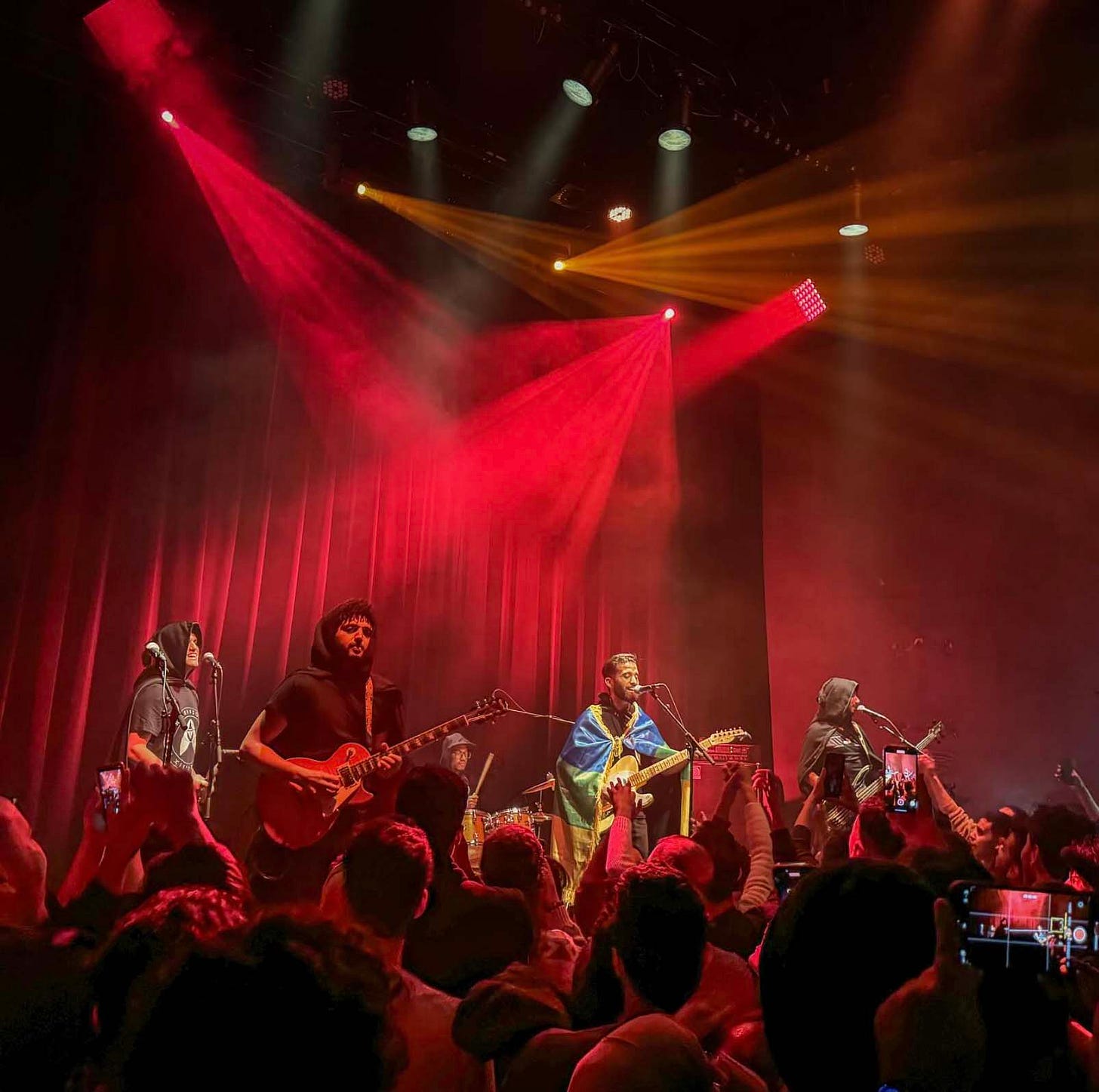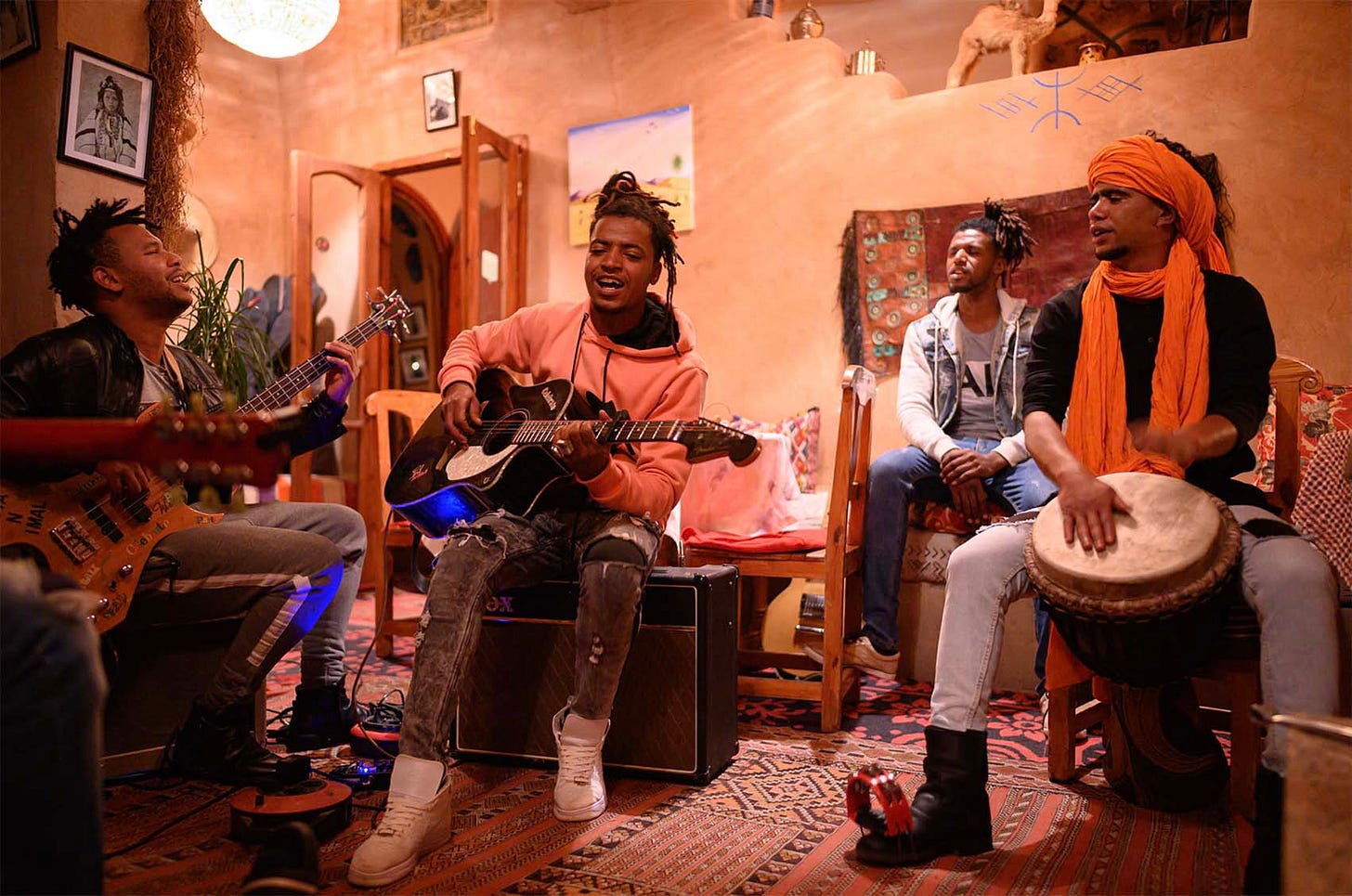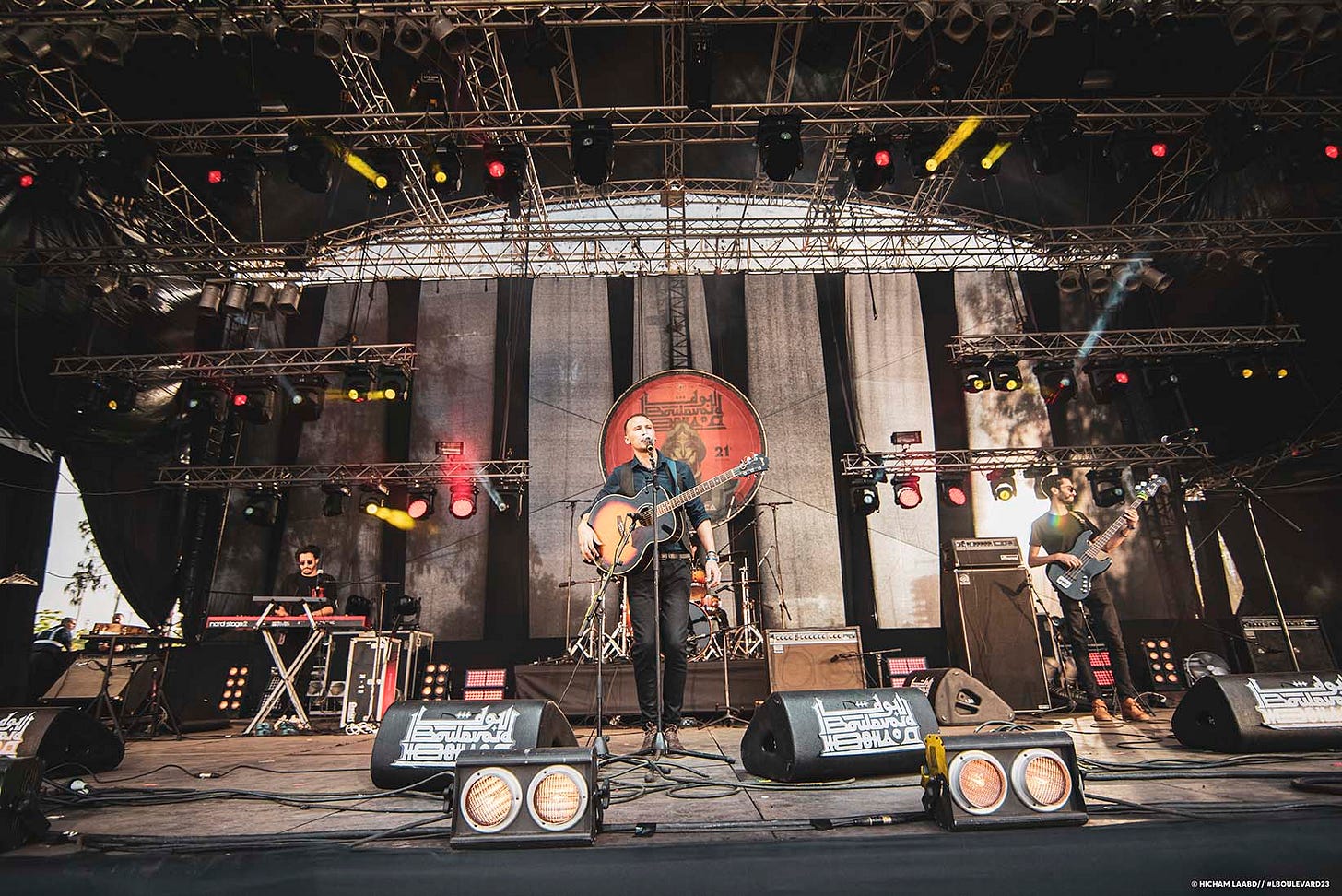Desert distortion: the modern shape of Amazigh music
A new generation of musicians in southeastern Morocco is deftly bridging the past and present without diminishing either.
Badr Sellak in Casablanca
In the shadow of the Atlas Mountains, a new Moroccan sound is emerging. It both reclaims and reinvents indigenous identity.
A rising wave of young Moroccan bands – from Meteor Airlines and Jubantouja to Tasuta N-Imal, Anass Oublaid & Raw Rhythm, and Tarwa N-Tiniri – are taking Amazigh music into uncharted territory. They blend traditional rhythms with ambient stoner rock, blues, and progressive fusion, turning oral traditions into sonic experiments.
The Imazighen are the indigenous people of North Africa, once labelled “Berber”, a term many reject as derogatory. Their identity is rooted in descent from the region’s pre-Arab inhabitants and the Tamazight language. Estimated to number 30–40-million across the Maghreb, most live in present-day Morocco and Algeria.
Over centuries of Arab conquest, Ottoman rule, European colonisation, and post-independence nation-building, the Imazighen have been denied both self-determination and cultural recognition. Tamazight was systematically repressed and replaced by Arabic in public life and education.
In response, Amazigh movements emerged across the region, demanding linguistic rights, cultural visibility, and an end to marginalisation.
Today’s bands are not the first wave of Amazigh musical revival. In the 1970s, bands like Ousmane and artists like Ammouri M’barek challenged taboos simply by singing in Tamazight. Back then, language itself was a battleground.
Amazigh identity was seen as an ethnic threat to the national identity of Morocco. Music in Tamazight was a quiet act of resistance.
In the 2000s, acts like Saghru Band and Hindi Zahra continued to explore fusion, though often on the fringes.
“When bands like Ousmane started making music in the 1970s, they had to assert Amazigh language and culture as something legitimate,” explains Ben Jones, a PhD candidate at Georgetown University on Moroccan and North African music. “Today’s artists don’t have to fight that same fight.”
Expanding both past and present
Now, the challenge is different: bridging the past and the present without flattening either.
“I certainly feel a kind of pressure to render our music more accessible,” says singer-songwriter Anass Oublaid. “This pressure doesn’t necessarily come from institutions or venues; it can be indirect, through the expectations of the market, the reactions of certain professionals we meet during concerts, or the algorithms of digital platforms.”
Oublaid doesn’t feel that adapting traditional music to modern tastes is inauthentic. “Being open to influence doesn’t mean you’ve abandoned traditional forms.”
Other cultural custodians agree.
“There’s continuity in how traditional rhythms are reframed with new arrangements,” says Mohamed Oubenal, a researcher with the Royal Institute of Amazigh Culture. “But there’s also disruption – those listening to traditional forms are generally not the same as those listening to these new bands. The latter appeal mostly to young urban audiences in cities like Casablanca, Marrakesh, and even smaller ones like Tinghir.”
“Amazigh language is in dialogue with other genres, achieving new forms of musicality not confined to folklore,” says Smail Khaliss, bassist of Tasuta N-Imal.
For Meteor Airlines percussionist Rachid Ennassiri, touring abroad proved fusion was the right move. “It showed us how universal Amazigh music can be.”
Audiences respond to its textures and spirit. And, that international exposure boosts its credibility at home, too. We want people to know this isn’t a relic. It’s alive, evolving, and globally relevant.”
This momentum has come despite the fact that music infrastructure remains minimal in the southeast where most of these bands are based.
Rehearsal spaces, recording studios, and training centres are rare, but bands like Tasuta N-Imal and Tarwa N-Tiniri have established non-profit initiatives offering gear and workshops to aspiring musicians in their hometowns.
As one local producer says: “The southeast may lack polished studio spaces – but it makes up for it with creativity and drive.”








Great lead on new music. Thanks.
New music from then continent is crucial; thank you